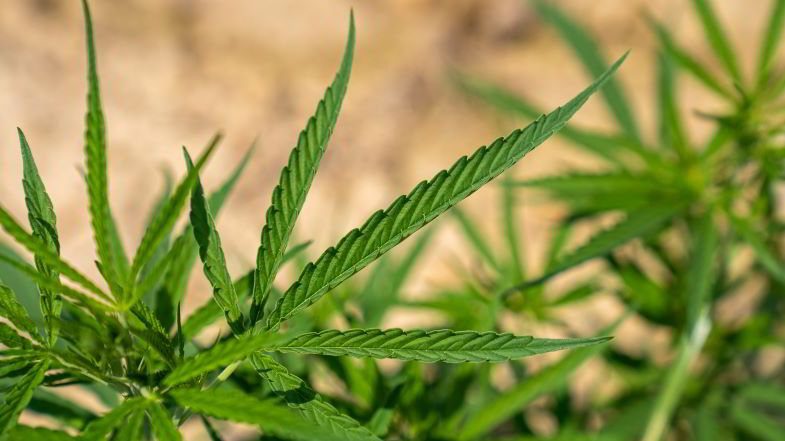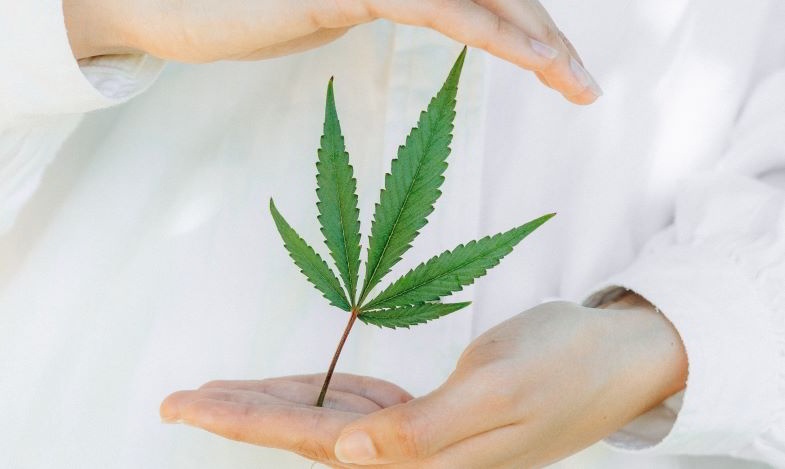Modified on: 20/09/2022
Learn more about the characteristics of hemp plants
Recently, we have been hearing more and more about hemp. Yet, despite this, hardly any people know what a cannabis Sativa plant looks like and its unique features.
For this reason, we at SensorySeeds have decided to write this short article, in which we will answer some of the most frequently asked questions and touch on the world of cultivation.
Here is what you should know about the hemp Sativa plant.


Cannabis sativa plant: what does it look like?
Cannabis sativa is a plant species belonging to the Cannabinaceae group, in the urticals category.
It is a very hardy plant, which has the appearance of a tall (it can grow up to 5 or 7 metres) angular shrub. The root system of hemp also develops a lot, both in-depth and width, suitable for stability and a good supply of nutrients.
The hemp leaf, which you will probably have seen in many pictures, is palm-shaped and has sharp points up to 10 cm long and 1.5 cm wide.
Cannabis seeds, on the other hand, are small, hardy and characterised by a colour ranging from dark brown to light grey, often streaked.
Is there only Sativa hemp?
Hemp Sativa is not the only existing variety but one of three main subspecies of a large family. The others are hemp indica and hemp ruderalis.
These three subspecies of hemp differ morphologically and in their cannabinoid content, and the reason is simple.
Hemp Sativa has developed and adapted to the characteristics of the western part of our planet, indica to the east, and cannabis ruderalis to locations such as the Ukraine and Russia.
Although cannabis Sativa is the most famous, the other two subspecies also have outstanding characteristics, which is why they have been mixed over the years to create new genetics.
Today there are many types of marijuana seeds: dwarf auto-flowering seeds, feminised fast-flowering seeds and many more.
Read also: Cannabis sativa: exclusive properties
What are the differences between indica and Sativa cannabis?
The differences between the cannabis Sativa and indica plants are and aesthetically can be summarised as follows.
Hemp Sativa develops in length, both in terms of its stem and its leaves, which have a tapered appearance. Its branches are also sparse and not at all dense.
Indica hemp, on the other hand, is shorter, densely branched and has wider leaves.
Because of these unique characteristics, online cannabis seed stores now use the formulas ‘Sativa-dominant’ or ‘indica-dominant‘ to indicate when a particular hemp genetic is closer to the characteristics of either parent plant.
What is the difference between Sativa hemp and legal hemp?
If you’ve heard of legal hemp and are wondering what’s different about it from ordinary Sativa hemp, it’s simple.
Legal cannabis refers to those particular cannabis genetics that has been modified to contain very low levels of THC (tetrahydrocannabinol), the psychotropic substance banned in Italy and many other parts of the world.
These varieties of hemp Sativa instead have high cannabidiol (CBD) content, a non-psychotropic cannabinoid used to manufacture countless therapeutic products.


Hemp Sativa and cultivation: origins and main steps
The cultivation of cannabis Sativa is not a recent practice but is estimated to date back to 11,000 BC!
In Europe, hemp was spread by the Shi’ites in the 4th century BC but boomed during the Roman Empire, when it was cultivated to produce cloth and ropes for ships. Hemp Sativa continued to be developed for textile use until the Second World War (Italy was a major producer). Still, then, due to new prohibitive laws, this practice was almost completely abandoned.
Today, cannabis cultivation is prohibited in Italy; only low-THC genetics from the official EU list can be cultivated with prior authorisation.
But, where is it possible to do so? How is hemp grown?
The first step is to germinate the seeds by sowing them in the dark and in a warm, reasonably humid environment.
After germination, the vegetative phase begins when the small seedlings have produced their first real leaves after the cotyledons. From this point on, cannabis plants need a lot of light, which is essential to trigger the photosynthesis process.
Depending on the plants grown, the growth phase will have a different duration. For example, Photo-dependent Sativa cannabis plants will take a few months before they reach the flowering stage, while plants grown from auto-flowering seeds will only take a few weeks.
In either case, the plants must be well looked after throughout this phase to not suffer from thirst or nutritional deficiencies.
Finally, comes the flowering phase, which is the most satisfying. As hemp plants prepare to flower, they need to be fed and watered differently and exposed to fewer hours of light.
Furthermore, if the plants grow as they should, the flowers release a myriad of scents and aromas and can be harvested when ripe.
Read also: What pot size should you have for an auto-flowering plant?
To conclude
If you’ve read this brief overview of hemp Sativa plants, you’ve probably satisfied your main curiosity about them.
Cannabis is an ancient plant that, after a long period of neglect, has finally been rediscovered.
If you admire cannabis and would like to collect seeds from its best genetics, visit our SensorySeeds.com online store today.
Choose from our wide range of quality weed seeds to complete your collection: feminized seeds, auto flower seeds, fast growing weed seeds, there is something for every taste!
We look forward to seeing you on Sensoryseeds!









